Amazon vs eBay: Which of the two eCommerce giants wins the marketplace battle?
This is a question that many young eCommerce entrepreneurs ask.
In this detailed guide, I’ll be answering that question once and for all.
Here are some questions you’ll find addressed in this article:
- How are eBay and Amazon different?
- Is Amazon better than eBay for selling?
- What are the seller fees for each marketplace?
- What are the communities that each marketplace has?
If you’re about to choose the online marketplace you’re going to use, this guide is for you.
Let’s dive right in!
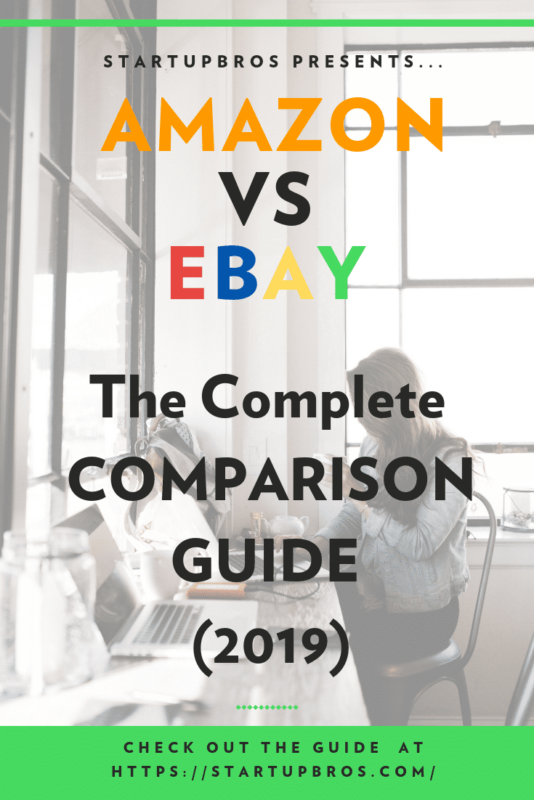
Table of Contents
Chapter 1: How are eBay and Amazon Different?
That’s the crucial question.
It’s also one that many young entrepreneurs and eCommerce hustlers have.
To take this step forward you must first ask yourself:
How is that difference going to affect me and my future business?
Both eCommerce sites might be great for online shopping, but when it comes to setting up your own business on one of them, then there are several things you need to pay attention to.
Let’s take a look at how the two marketplaces differ.
What is the difference between eBay and Amazon?
The main difference between Amazon and eBay lies in the fact that Amazon is a retail website, while eBay is (mostly) an auction site.
People visit Amazon to do their online shopping directly from the site or from third-party sellers (private label products):
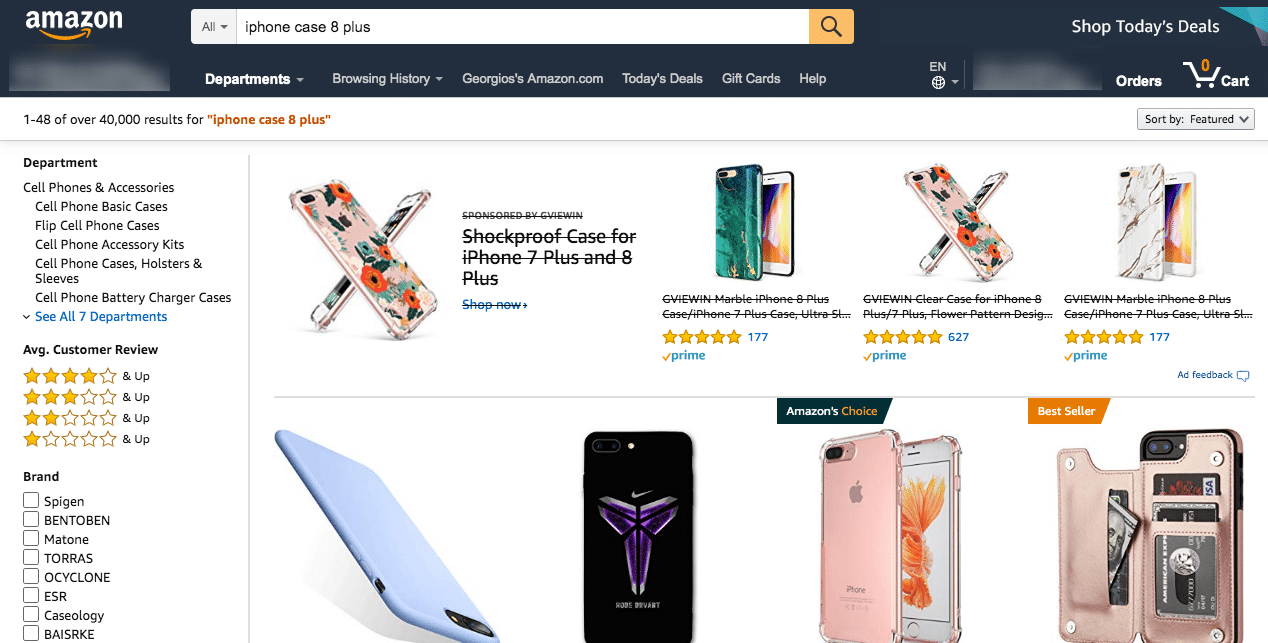
Also, the shopping experience on Amazon is significantly different than eBay.
If you’re selling on Amazon, you’re essentially competing with other merchants.
We wrote a huge guide to starting an Amazon business if you want to check it out here: How to Sell on Amazon.
On the other hand, eBay is an online marketplace that facilitates the sale of products—both new and used—between third-party sellers (i.e. private label) and buyers.
On eBay, you’ll see auctions like this one:
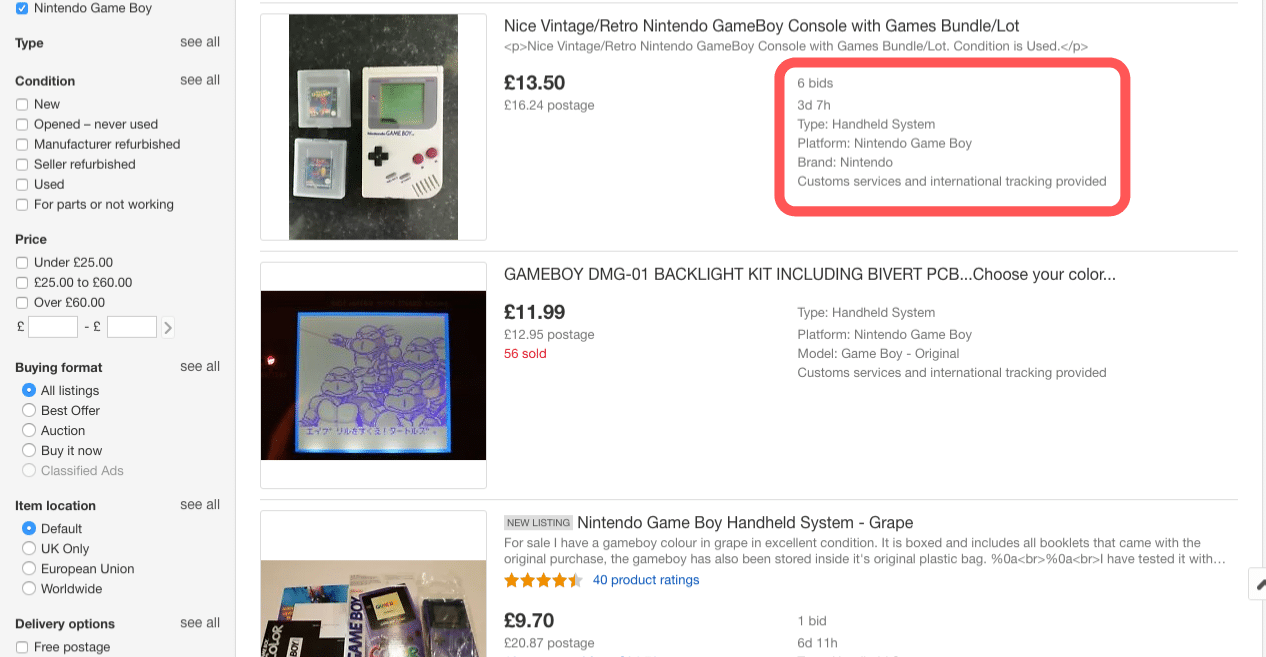
This is not something you’ll find on Amazon.
Last but not least, price listings on Amazon are affected by factors such as:
- Competition
- Uniqueness of product
- Brand awareness and quality of product
On eBay, price listings are affected largely by the number of bids, and how aggressive buyers bid on a certain product.
Is Amazon safer than eBay?
I believe this question comes down to which of the two marketplaces is safer for both the buyers and the professional sellers.
Some things to avoid on both platforms are:
- Asking people to click on a link that takes them outside the platform
- Writing negative reviews on other merchants’ profiles
- Exaggerating your products’ features
- Offering massive discounts
- Buying fake reviews
All these take place every day from third-party sellers on both Amazon and eBay.
Be sure to stay away from such tactics.
Is selling on Amazon more reliable than eBay?
Selling on Amazon is more reliable than selling on eBay, because Amazon gives you the means and the tools to become a successful FBA seller.
Of course, that’s an oversimplification, but the truth is that Amazon has an active community of thousands of professional sellers.
This means that in almost every case, you can reach out to fellow sellers and ask for help.
That’s partly the case with eBay, but even though eBay also has a community, it’s not as active as Amazon’s.
How many visitors does Amazon and eBay get per month?
You may be wondering how many visitors Amazon and eBay gain on a monthly basis.
Truth be told, the total amount of traffic each website receives can affect your eCommerce business in two ways:
- Total reach for your products
- Brand awareness for your products
Let’s see how many visitors each website receives according to Ahrefs.
Here is the monthly traffic for Amazon:

And here, the monthly traffic for eBay:

Note: These are just estimates, and are calculated by the sum of traffic from all organic keywords for which the target ranks across all countries in Ahrefs’ database.
As you can see, Amazon gets much more organic traffic.
In fact, it gains 5 times more traffic than eBay.
This means more people are likely to see your products online on Amazon.
Editor’s Note: These metrics don’t include traffic to locales such as .co, .uk or .de. These marketplaces get traffic mostly from the country they refer to. Also, these metrics don’t include referral, paid or other sources of traffic.
In the next chapter, I’ll explain which of the two marketplaces is better for sellers.
Keep reading.
Chapter 2: Is Amazon Better Than eBay for Selling?
As someone looking to start an online business, you may be wondering which marketplace is best to start selling on.
Is it Amazon or eBay?
I believe it all boils down to what exactly you want to achieve.
Things like…
- The communities that each marketplace has
- The number of seller accounts
- The fees that apply on each marketplace
- The tools available for sellers
… Can all affect your decision, since they can significantly increase your chances of finding success in that marketplace.
Let’s take a deeper look into Amazon and eBay by examining the above points one by one.
Data on Amazon sellers
Everyone is interested in eCommerce and everyone is trying to get on the “eCommerce ship” before it’s too late.
However, is it worth it?
Let’s look specifically at Amazon.
Is Amazon still an opportunity for online entrepreneurs and side hustlers?
Let’s try and find out by looking at some key points and interesting data.
How does Amazon work for sellers?
Amazon gives an opportunity to third-party sellers to sell their products on the marketplace with a commission-based payment system.
This is what we call FBA, which stands for Fulfillment by Amazon.
With Amazon FBA, literally everyone can set up a seller account and start selling on the marketplace.
Of course, there are many other ways to make money on Amazon like:
- Merch by Amazon
- Amazon Handmade
- Amazon Affiliates
- Retail Arbitrage
However, Amazon FBA seems to be the most popular choice.
How does it work?
According to Amazon’s website, it works in 6 simple steps:
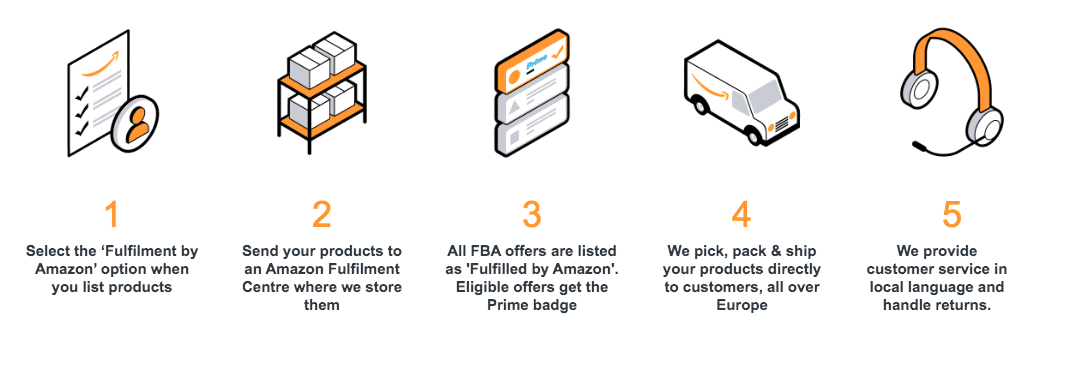
It may seem complex at first, but once you get the gears turning, it’s easy to play the game.
To register as an Amazon FBA seller, simply click this link and follow the registration process:

Amazon customer support will support you throughout the whole process.
What percentage of Amazon sales are FBA?
Even though there isn’t a clear answer as to the exact percentage, an interesting letter by Jeff Bezons gives us some insights on the true power of the marketplace.
According to a 2018 letter to shareholders, Jeff Bezos reveals that sales from Amazon FBA sellers in 2017 exceeded Amazon’s sales:

This is HUGE.
Think about it: people who sell on Amazon make more revenue than Amazon itself.
Of course, Amazon takes it share from those sales by charging seller fees.
However, the fact that Amazon sellers grow to such a fast pace indicate that there’s a great opportunity here.
Moreover, it shows us that even in crowded marketplace like Amazon, sellers can still turn a profit and grow a successful online business.
How many sellers does Amazon have?
According to an article by feedback express, there are 1,761,784 sellers on Amazon right now.
Original Source: Marketplace Pulse
This number may seem high at first, but given that there are over 636 million (estimation by Ahrefs) visitors on Amazon.com every month, then the number of Amazon sellers isn’t so high.
Do Amazon sellers make money?
More than 140,000 of these sellers surpassed $100,000 in annual sales.

This means that almost 12.6% of third-party sellers on Amazon are able to establish a 6-figure business.
That shouldn’t be discouraging.
As I’ve said previously—and as you likely already know for yourself—Amazon is growing at an unprecedented level.
Together with Amazon, third-party sellers will grow as well.
It’s by no means easy, but is definitely easier than on many other marketplaces.
Data on eBay sellers
eBay is a large marketplace for sellers and buyers from all around the world.
It has 23 international websites and a presence in over 100 countries.
Some of its most popular locales include:
- ebay.com
- ebay.com.au
- ebay.ca
- ebay.cn
- ebay.de
- ebay.es
Let’s dive a little deeper into the data.
How many sellers are there on eBay?
According to a 2018 article by Small Business Trends, there are currently more than 25 million active sellers on eBay.
These sellers have more than 1.1 billion products listed on the marketplace.
That makes us an average of 40.7 products per seller:
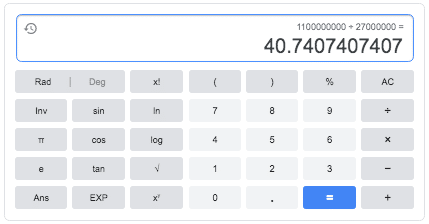
eBay is an online auction site for new, used and unique products.
According to eBay, there are over 170 million active buyers on the platform.
Of course, this number can be expected to increase, as eCommerce is on the rise on a worldwide level.
How does eBay work for selling?
According to eBay:
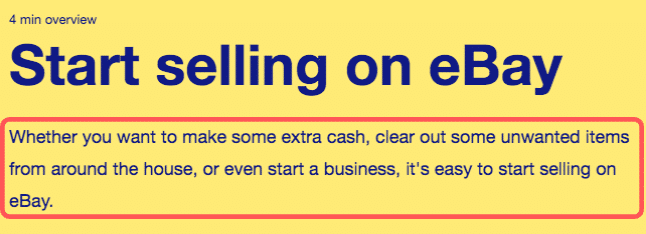
Here is how eBay works for sellers:
- Sign up for a professional account
- Go to Sell your item
- Create a listing for the item you want to sell
- Confirm your seller details and set up a payment method
It sounds simple, and it is.
Tip: If you’re selling for the first time, you can visit eBay Seller Centre.
Are eBay stores profitable?
Whether or not an eBay store is profitable depends on factors such as:
- The operational costs and the seasonality of the products
- The total interest for the products the store is selling
- The competition level for that particular product
Thus, there is no straight answer here.
Some eBay sellers report gaining a profit selling on eBay, while others seem to struggle.
Is it worth it to sell on eBay?
I have to be honest here: the answer depends on a variety of points including:.
- The stock you are holding
- Whether your products are new or used
- The countries you are shipping to
- If your products are limited and unusual
Let me give your an example.
Take a look at this match book sold at $259 on eBay:
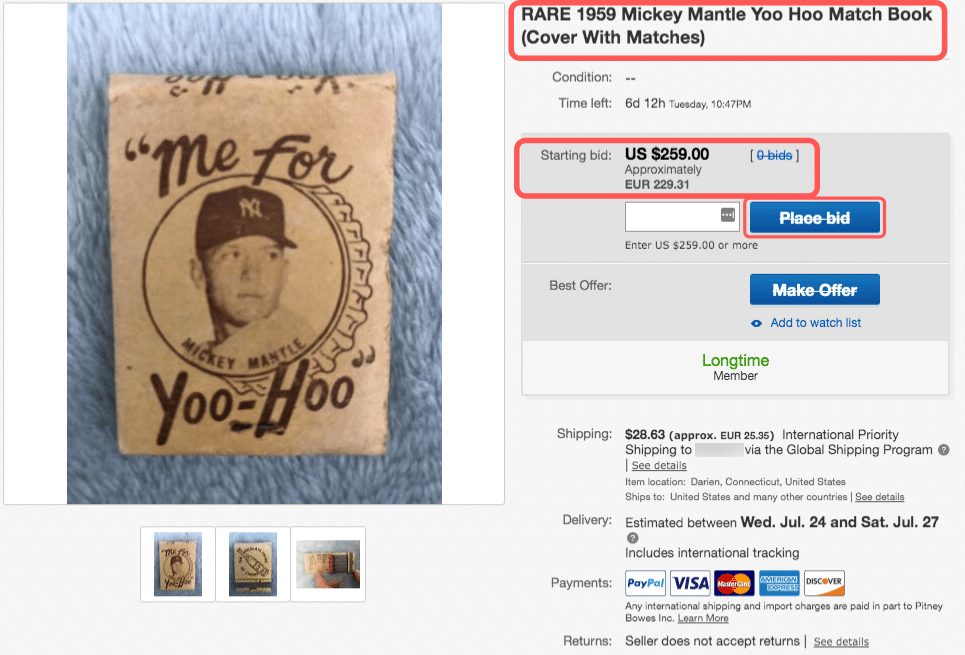
That’s an item you’ll only find on eBay.
Needless to say, it only has value for collectors.
This is one of the biggest differences between Amazon and eBay.
Amazon is mainstream, while eBay is a bit more unusual.
Thus, I would say that it’s worth selling on eBay as long as you know there’s an audience for what you’re selling.
Amazon vs ebay: Payment Methods
An overlooked factor when it comes to choosing an eCommerce site to sell new items, is the payment methods that the site offers.
One of Amazon’s main drawbacks is that it doesn’t directly accept PayPal as a payment method.
Here are their accepted payment methods:
- Visa
- Delta
- Visa Electron
- MasterCard
- EuroCard
- American Express
- UK based Maestro and Solo cards
And here is what Amazon doesn’t accept:
- Checks or postal orders
- Cash in any currency
- Book tokens
- Purchase orders
- International wire transfers
- Direct debits or standing orders
- PayPal
- Bank transfers
- Pay Monthly
According to Statista, there are more than 277 million active PayPal users worldwide in 2019.
People use PayPal to make their payments easier, without the hassle of using a credit or debit card.
On the other hand, eBay accepts Paypal as a payment method.
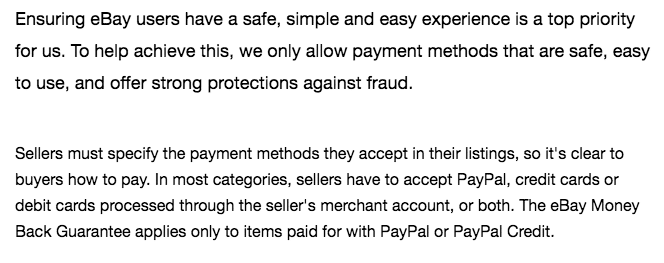
This is a difference that you can’t overlook, especially if you care about making the shopping experience better and hassle-free for your future online shoppers.
Let’s see what are the selling fees for each of the two marketplaces.
Chapter 3: Amazon vs eBay: Selling Fees
Selling on marketplaces like Amazon and eBay is challenging enough.
- The competition
- Selling techniques
- Selling tools
- Customer service
- Holding stock
- Importing from third countries
These are just a few of the things you need to take care of when running an eCommerce business.
Moreover, selling on marketplaces like Amazon or eBay means taking several costs into consideration.
These costs are usually referred to as “seller fees,” and is the topic of this chapter.
Let’s see what some of the main fees are when selling on Amazon and eBay.
What are the fees of selling on Amazon?
According to Amazon, this is the cost of selling on Amazon.com:
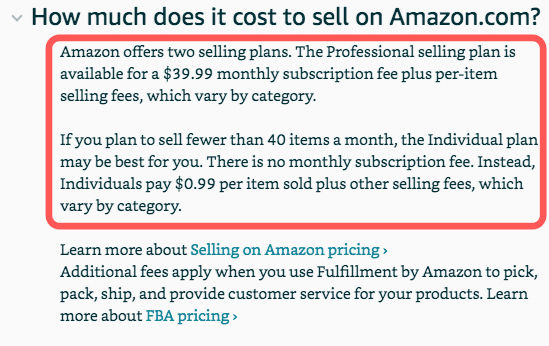
Keep in mind that this cost applies only to Professional Sellers, whereas other fees apply for Individual Sellers.
There’s also a distinction between those selling directly on Amazon.com and those using Amazon FBA.
The FBA seller fees are divided into two main categories:
- Fulfillment fees (per unit)
- Monthly fees (per cubic foot)
Fulfillment fees include:
- Picking and packing your orders
- Shipping and handling
- Customer service
- Product returns
The cost for a Standard-size unit is:
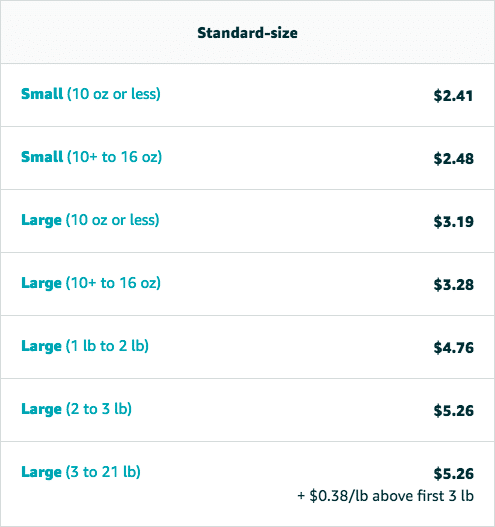
And for an Oversize unit:
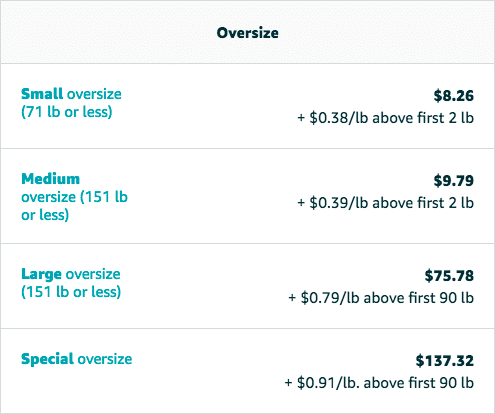
There are some additional costs you need to be aware of when it comes to fulfillment fees.
Also, you need to be aware of things like Amazon’s:
- Return policy
- Shipping costs
- Other seller fees
Now let’s see what the monthly inventory storage fees entail.
The cost for a Standard-size unit is:
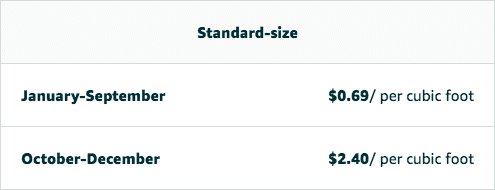
And for an Oversize unit:
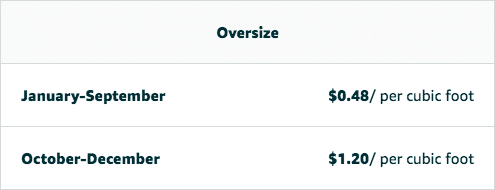
To learn more about Amazon FBA fees, you can visit the following two pages:
To calculate the potential revenue of selling on Amazon FBA, simply use the following calculator:
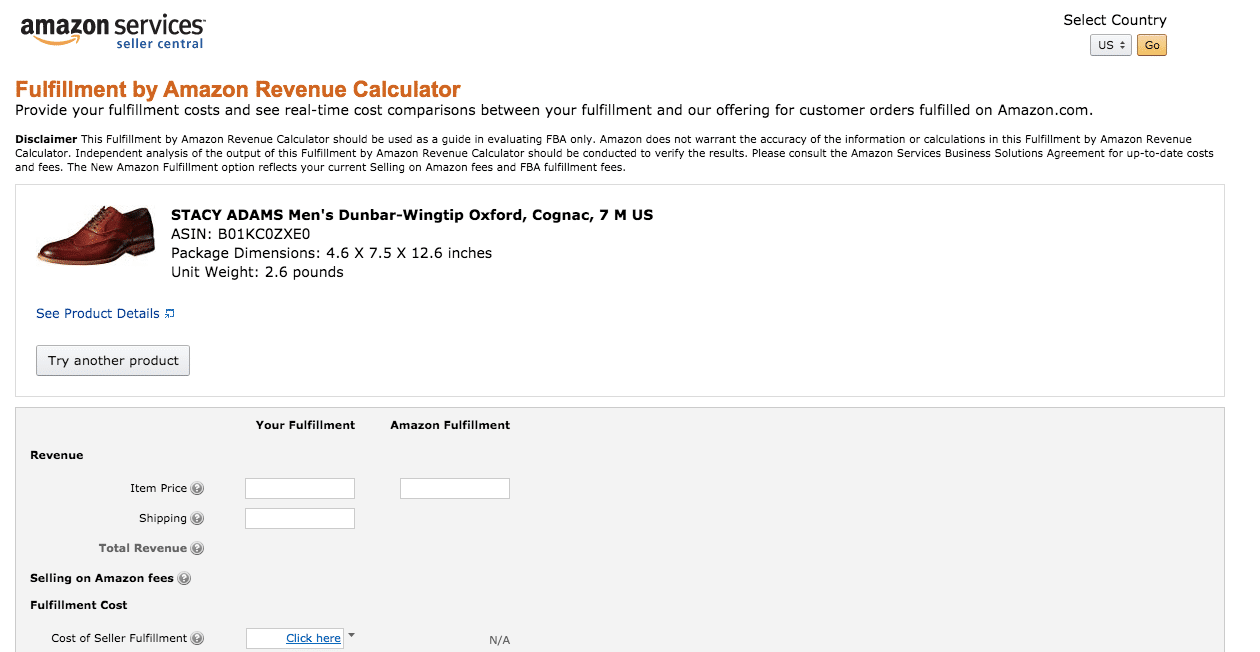
Now let’s see what are the costs of selling on eBay.
What are the fees of selling on eBay?
Similar to Amazon, eBay charges sellers based on a simple and straightforward system.
According to eBay, these fees are divided into two main categories:
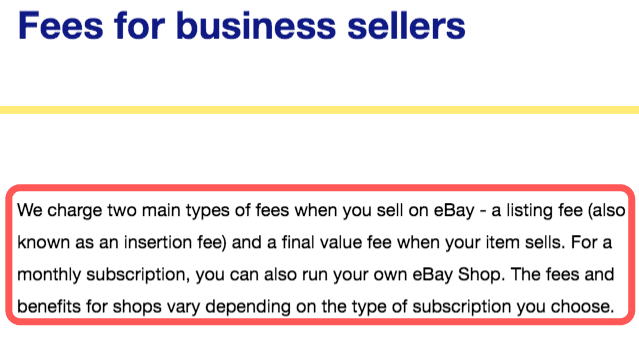
In case you missed it, these two main types of fees are:
- eBay listing fee (insertion fee)
- Final value fee per sale
Something important to note here: if you want to run your own eBay shop, you need to pay a monthly subscription.
Of course, to sell as a business on eBay doesn’t mean you need to have a Shop subscription.
However, an eBay Shop can help you drive your business forward by:
- Reaching the right audience
- Managing your orders
- Building your brand
There are other benefits of setting up and running an eBay shop, some of which are extremely important for business owners.
Something else notable here is that when you set up an eBay Shop, you can choose between five packages:
- Starter
- Basic
- Premium
- Anchor
- Enterprise
Editor’s Note: The above plans may vary depending on the country you’re in. For example, in the UK, there are only three plans available: Basic, Featured and Anchor.
Here are the monthly fees for each plan:
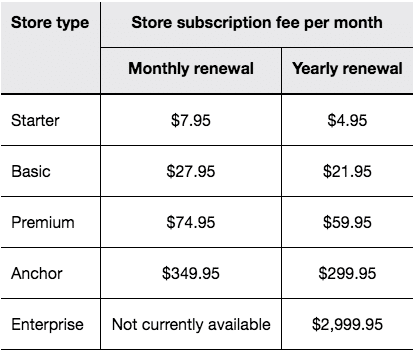
And here are the product listing fees (insertion fees):
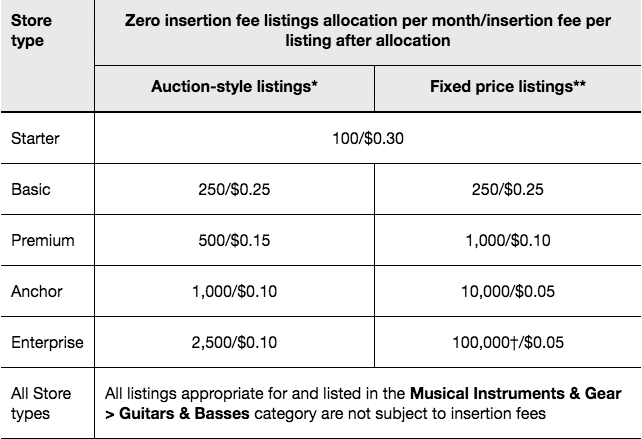
There are also some Final Value fees for each sale you make.
You can learn more about these here.
Is selling on eBay profitable?
This is NOT an easy question.
My answer is this: it still depends.
As you can see, eBay’s pricing structure is very complex.
There are many things you need to pay attention to when selling on eBay.
I’d say that it’s important to do the math before deciding to sell on eBay.
Amazon, on the other hand, is much more straightforward.
Is it profitable to sell on Amazon?
Selling on Amazon can be profitable as long as you’re aware of all the fees, importing costs, promotion and other kinds of fees attached to your business.
However, Amazon’s pricing structure is not as complex as eBay’s.
It doesn’t have “grey areas,” and allows sellers to calculate the revenue for a particular product fairly easily.
So which of the two marketplaces is better?
In my opinion, it’s Amazon.
Let’s move on to the next chapter, where I’ll be talking about the communities and the amount of support you can expect to find for each marketplace.
Chapter 4: Amazon vs eBay: Communities & Support
Before diving into each marketplace’s communities and support, let’s look at some interesting facts about each of the two eCommerce giants.
First off, let’s take a look at the total interest for each of the two marketplaces according to Google Trends:
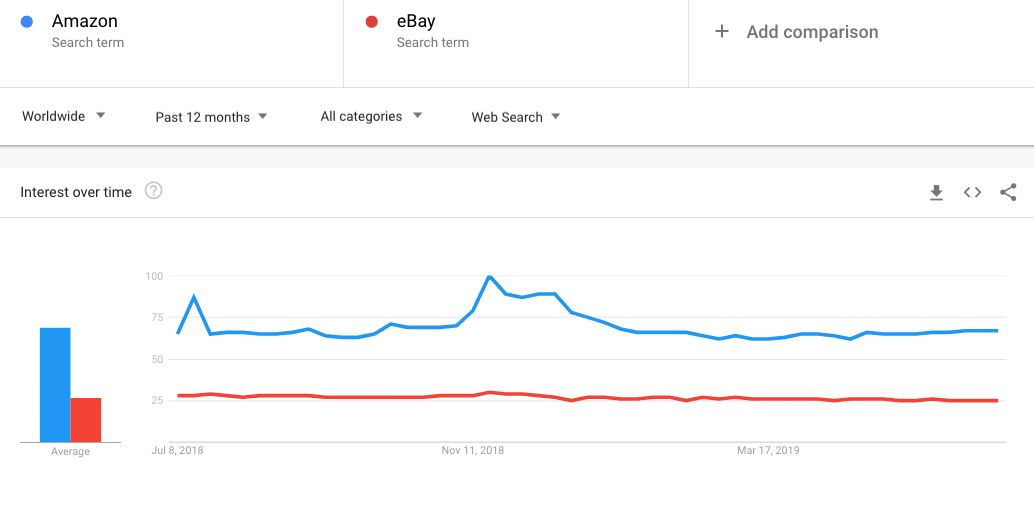
As you can see, interest for Amazon is almost 2 times as high.
This is only natural, since Amazon is an eCommerce site that is growing at an unprecedented level.
More and more people are using Amazon to buy goods, and thus the interest for Amazon is higher.
That doesn’t necessarily mean that Amazon is better than eBay.
However, it does mean that opportunities on Amazon are more and better.
Amazon sales are also increasing year after year:
2015: $107 billion
2016: $136 billion
2017: $177.9 billion
2018: $232.9 billion
Editor’s Note: The source for all the above statistics is About Amazon.
All this paints a clear picture: interest for Amazon is growing, as is the need for communities that support Amazon FBA sellers.
Amazon communities & forums
In one of my previous blog posts, I shared with you some of the most active Amazon communities and forums.
There are of course a huge number of online communities centered around Amazon:
- Facebook groups
- Communities
- Forums
- Blogs
From the Amazon FBA Sellers group on Facebook:
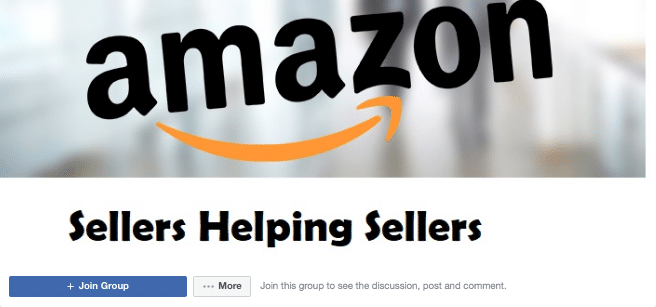
To The Fulfillment by Reddit subreddit:
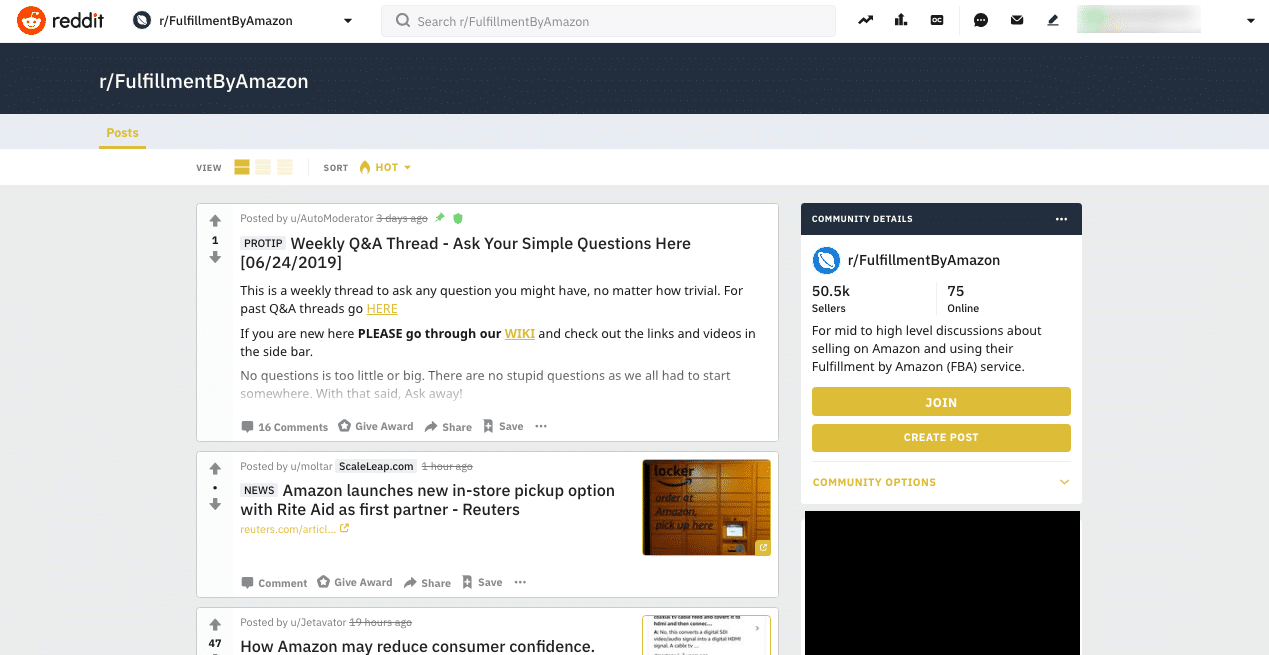
Amazon sellers have the opportunity to educate themselves around all things Amazon almost for free.
Apart from that, there are many interesting courses that can teach you how to sell on Amazon FBA:

In other words, Amazon has a very active community that will help you drive your business forward.
Combined with the fact that Amazon is growing fast, this may be an ideal opportunity for young eCommerce entrepreneurs to start selling on Amazon.
Amazon Seller Support
To get help and learn more about selling on Amazon, you can visit Amazon Sellers Central:
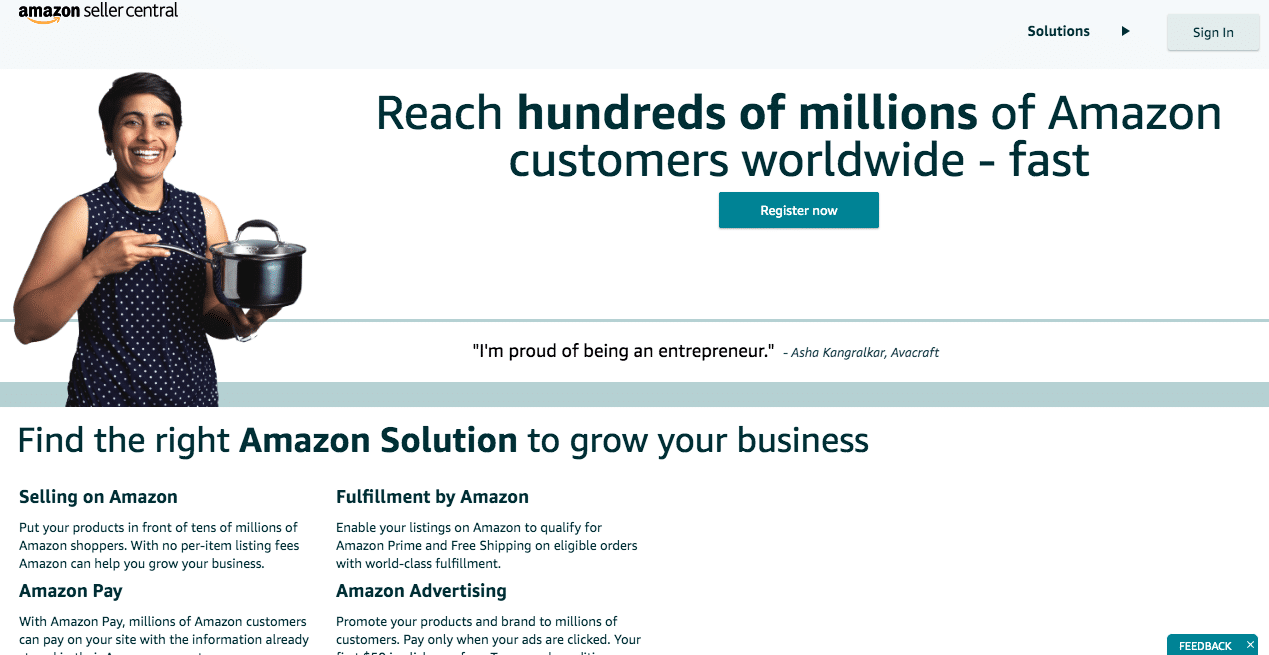
Amazon Seller Support can be a great resource for Amazon sellers who need help running their business.
Here are the main categories you’ll find there:
- Amazon pay
- Selling on Amazon
- Amazon advertising
- Fulfillment by Amazon
- Sell in Europe
- Sell in Japan
If you don’t find what you need in Amazon Seller Support, you can visit one of the many Amazon communities and ask for help from other, more experienced sellers.
eBay community forum
eBay has an official community forum for all people buying and selling on the marketplace:
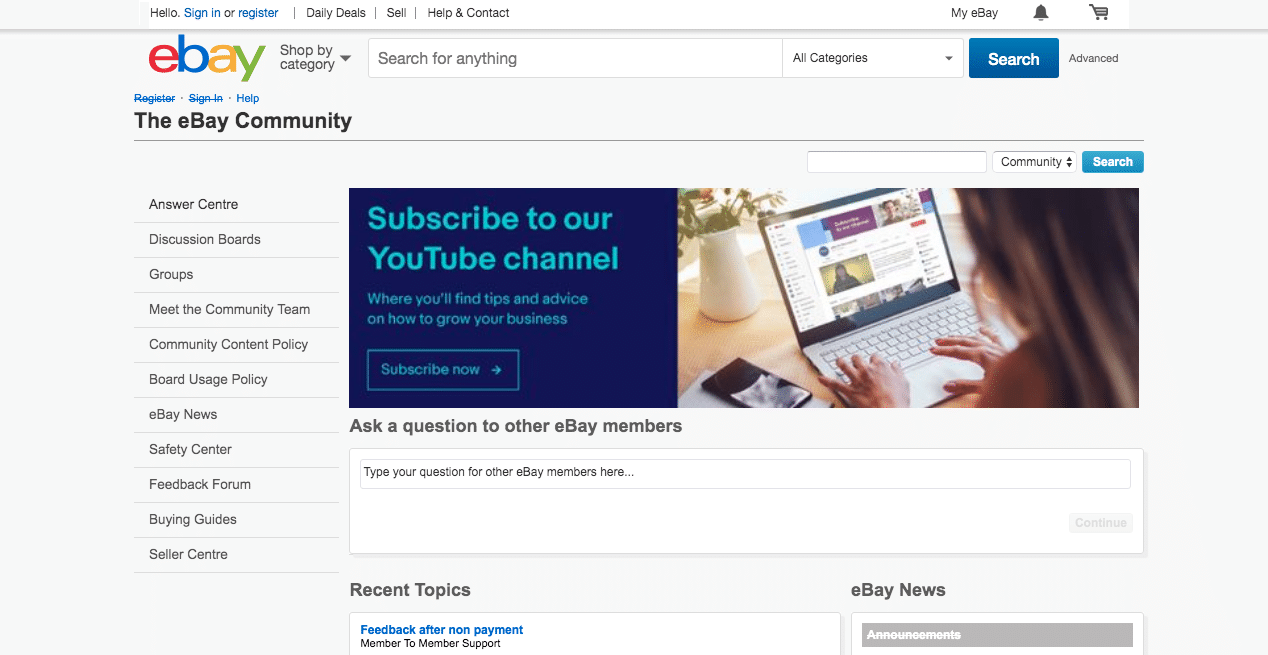
Sellers—just like buyers—can visit The eBay Community Forum and seek help.
As you can see, there are many questions and relevant answers in the forum:
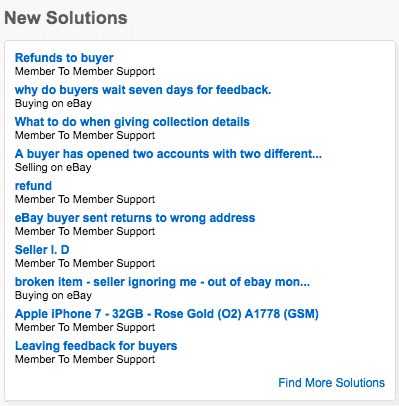
As a member, you can post a question and ask for help at any time.
All you need to do is insert your question and press “Continue:”

eBay seller centre
If you want to learn more about selling on eBay, you can visit eBay seller centre:
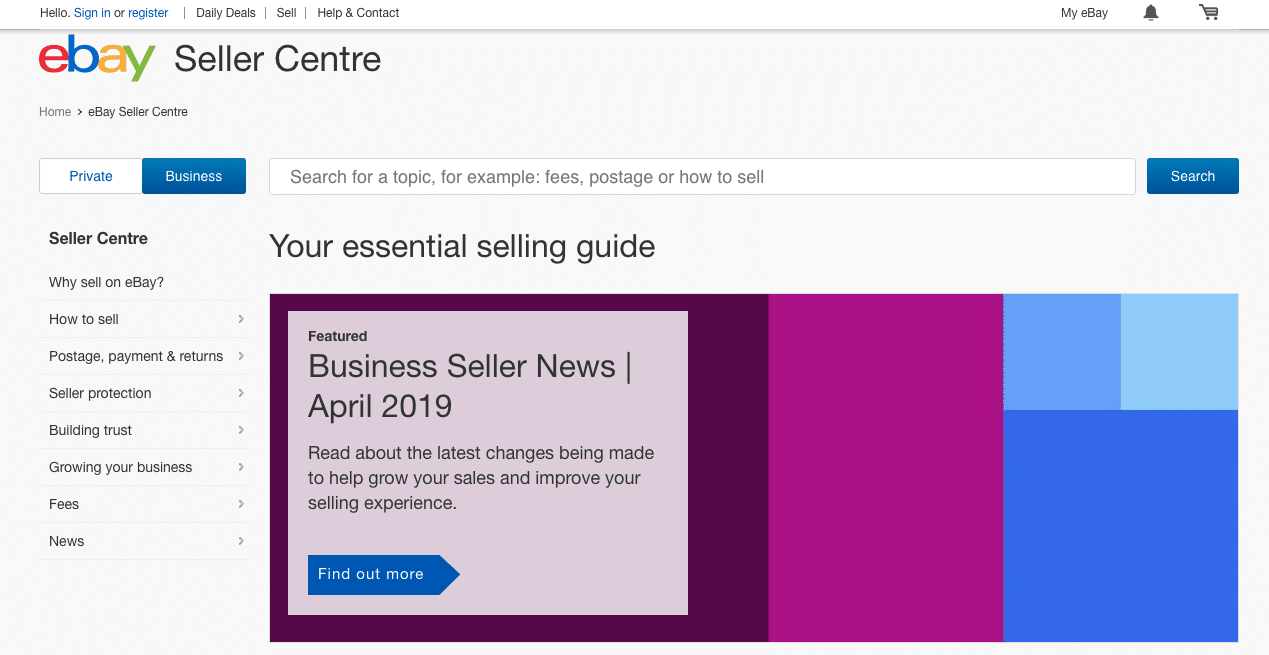
According to eBay, this is:
“Your essential selling guide.”
I’m sure you’ll find questions to both simple and complex questions regarding your online business here.
Similar to Amazon, eBay has many blogs, forums and groups dedicated to helping eBay sellers succeed at what they are doing.
eCommerce Bay is a great example of a blog that covers topics related to selling on eBay:
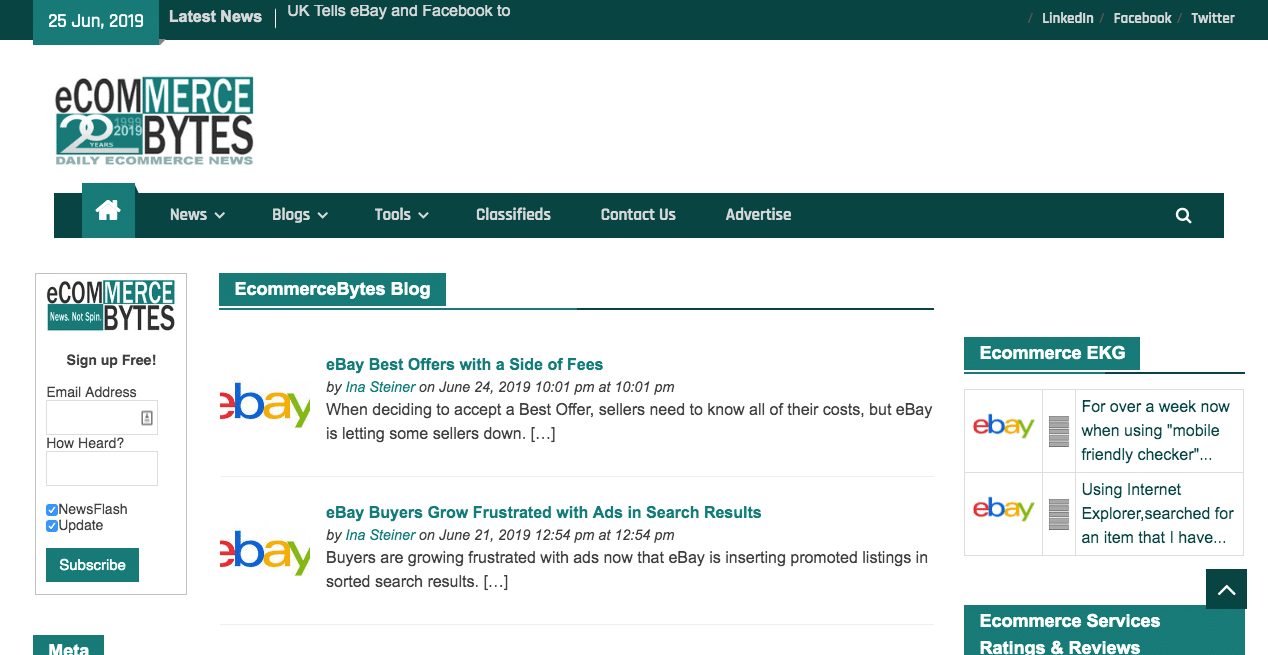
There are many Facebook groups as well, such as eBay Sellers, that are dedicated to providing actionable tactics and help to eBay sellers:

To sum up, both Amazon and eBay have strong seller support communities that can help you throughout your entrepreneurial journey.
However, Amazon’s community is far bigger and, in my view, far superior than eBay’s.
Let’s move on to the final chapter of this guide.
Chapter 5: Bottom Line
What is the bottom line?
That Amazon is a better online marketplace than eBay.
Yes, there are some cons of being an Amazon FBA seller, but Amazon’s marketplace is superior to eBay’s in many ways.
In my opinion, selling on Amazon is better because:
- You to reach a wider audience
- There are better communities to ask for help
- It provides you with better and more tools (e.g. keyword research tools)
- Amazon has significant YoY growth that allows you to grow within the marketplace
To be clear: I’m NOT saying that selling on eBay can’t be profitable…
I’m saying only that Amazon offers more opportunities than eBay.
Starting an online business is never easy.
However, it’s becomes easier if you choose the right marketplace.
What about you? Which one of the two marketplaces will you choose, and why?
Let me know by leaving a comment below!
Additional resources you might be interested in:
- 21 Chrome Extensions for FBA Sellers
- 18 Amazon Seller Blogs to Master the FBA Game
- Top 20 Most Successful Job-Killing Amazon Products of All Time
Special Offer…
We have a completely updated and brand new Amazon business course that teaches first time entrepreneurs how to launch their very own physical product Amazon business. If you want to check that out and see if it’s right for you click here…
